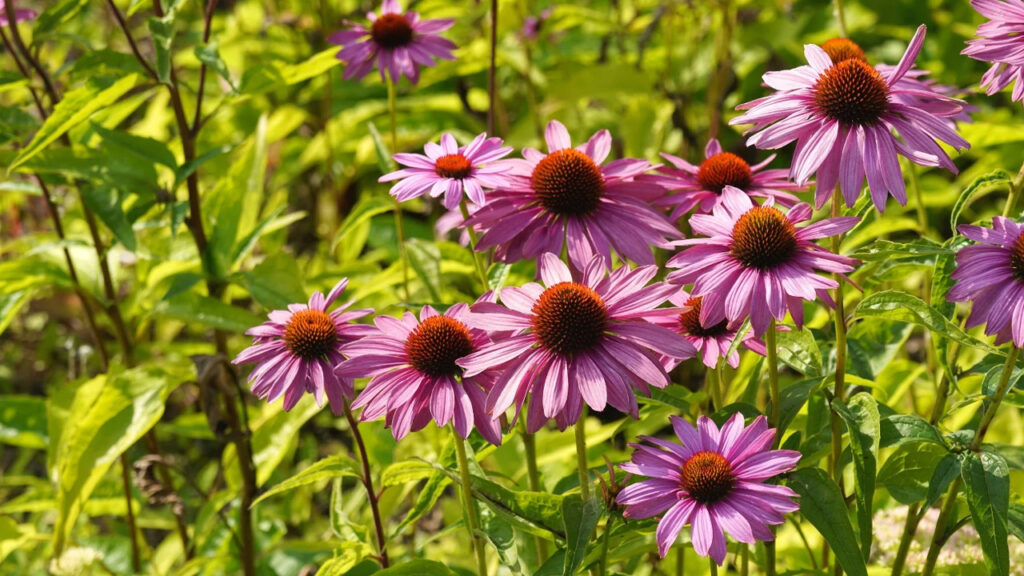Winter blues are fast approaching, which means it’s time to consider planting some blossoms for a lush and bountiful spring garden. After all, who doesn’t love a sight of a soothing and vivacious spring garden after a long and dreaded winter?
You can have your own spring garden, but to do so, you need to plan and plant mystical blooms in the fall. Why in the fall? Because some seeds/bulbs need early planting and exposure to cold and moisture to help soften their hard coating. This process will not only help relieve your workload when the busy spring season arrives, but you will have thriving spring colors in your garden, even before other flowers have bloomed.
Wondering what to plant? To give you a head start, we have curated a comprehensive list of perennials to plant in the fall for an epic spring garden.
Sweet Peas
Give your spring garden a head start in fall with this beautiful sweet pea plant. It’s a perfect blossom to sow in the fall if you want an early spring bloom. The best option to sow this plant is either indoors or in a greenhouse. The sweet peas are robust and grow from large, pea-like seeds. However, they are slow to germinate, which makes this plant a bit tricky for some people, but a great spring garden addition, nonetheless.

Catmint
Catmint has a great reputation for being resilient and easy to care for. It’s a long-blooming flower, featuring bushy green foliage and tiny purple blooms. To plant catmint, ensure that it gets full sun. Though it can handle many soil types, well-draining soil is the better option for the blooms to develop beautifully. Catmint is native to Europe, Asia, and Africa, and known to have 295 species.
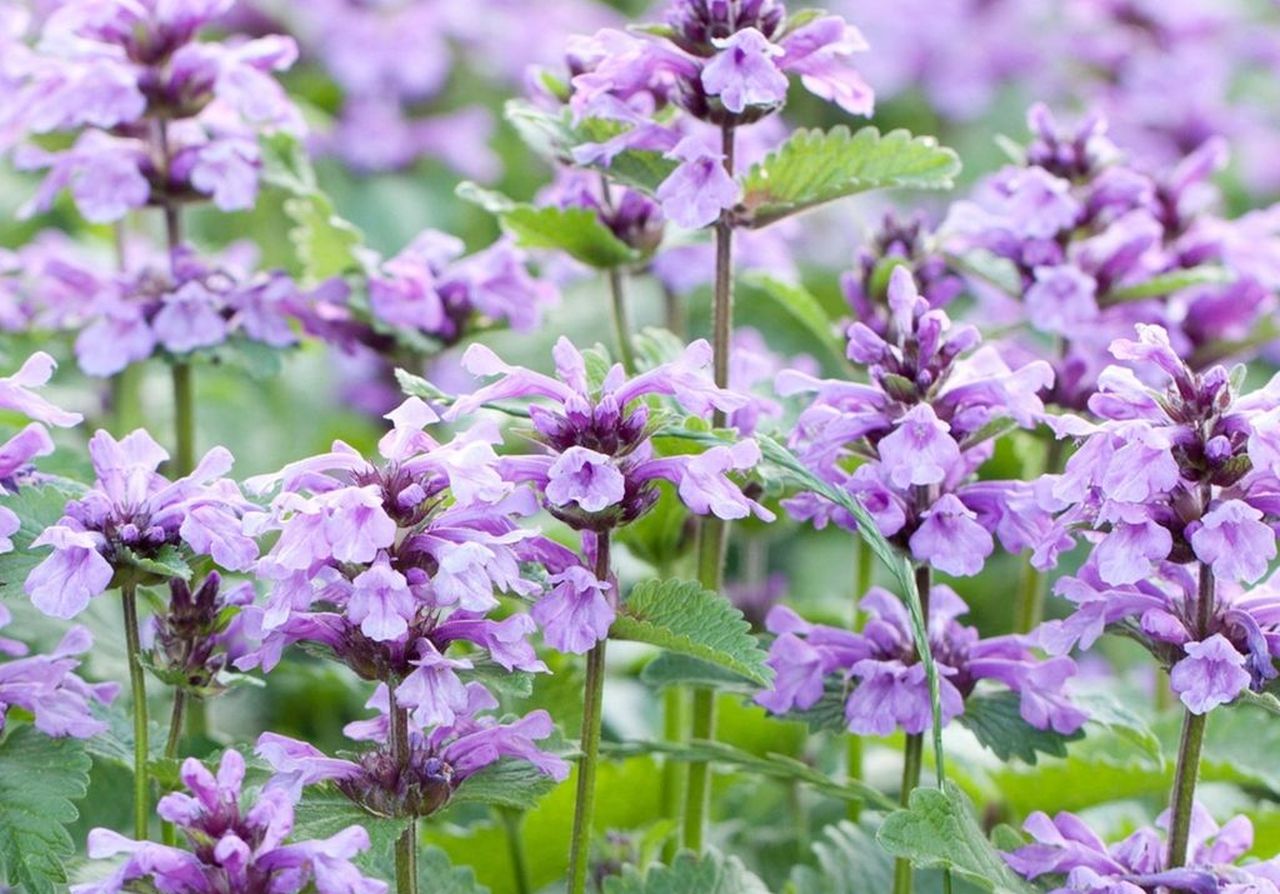
Daylily
A daylily, also known as a day lily or ditch lily, is native to Asia and a must-have perennial to plant in the fall to enjoy a gorgeous spring garden. Daylilies are tough plants and available in a variety of colors. If you plant this flower in the fall, it will give the plant enough time to establish its root system before the cold arrives. Planting daylilies 4 to 6 weeks prior to the first hard frost is a good option.
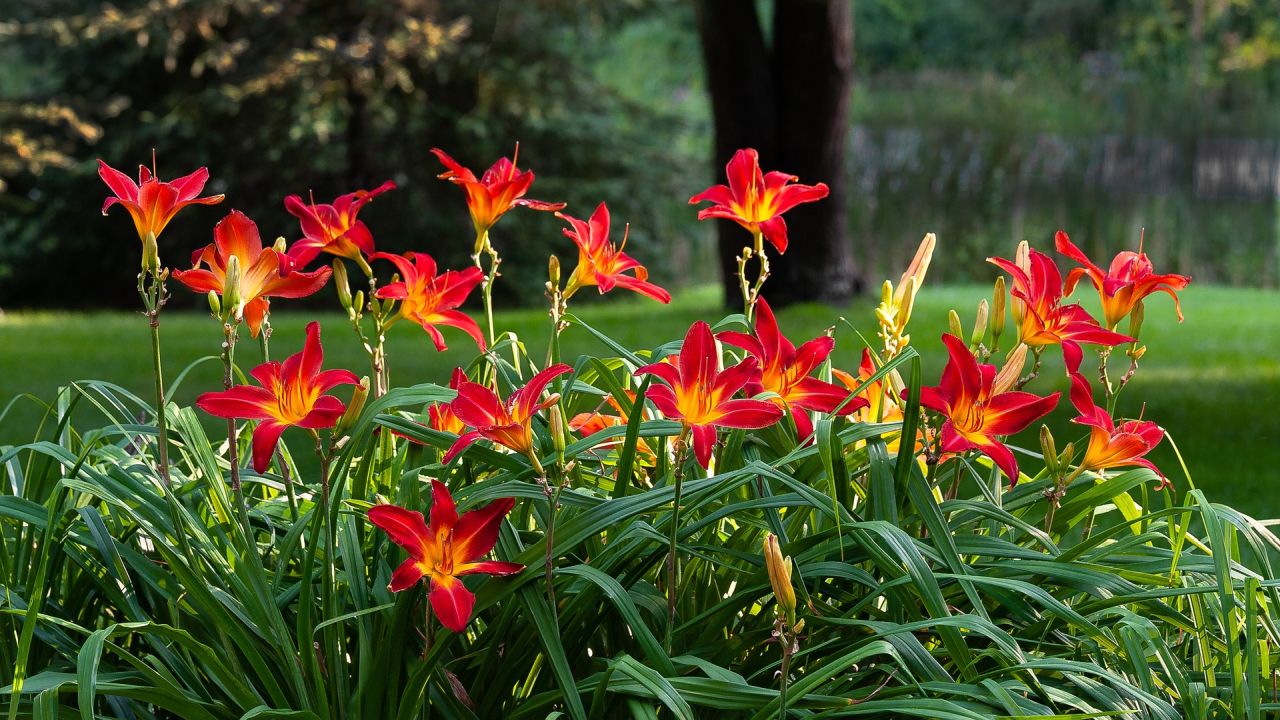
Coreopsis
Coreopsis has a bright yellow color to bring your spring garden to life. Just like catmint, coreopsis also needs to be planted in full sun and well-draining soil. The plant prefers dirty and fertile soil, too, but can also tolerate clay, making the coreopsis quite a versatile bloom. It requires frequent watering after the planting. However, once planted and established, you can water it less frequently. Coreopsis requires no deadheading.
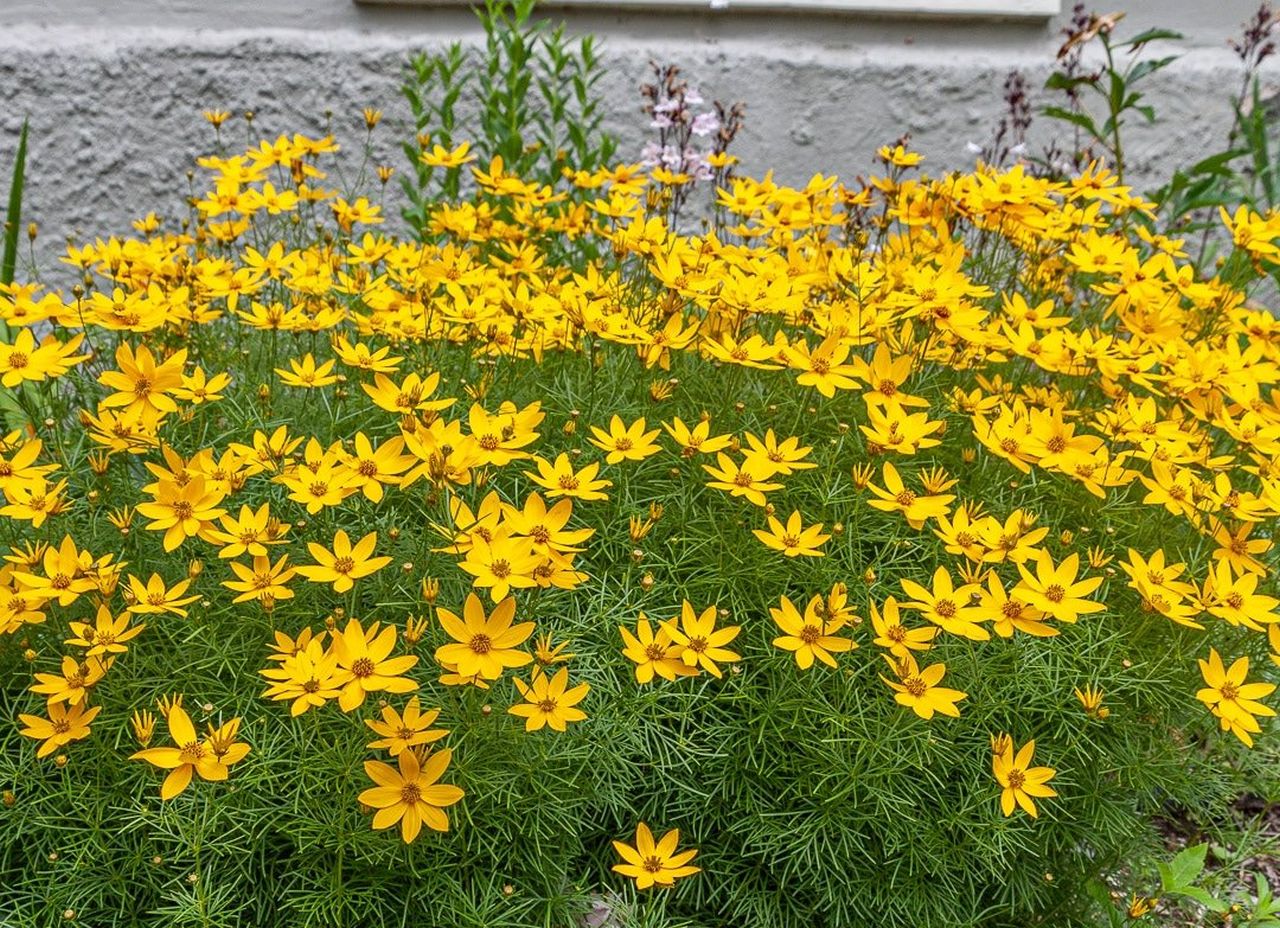
Chrysanthemums
Bright blooms that put roses to shame, chrysanthemums are an amazing flower to plant in the fall. Chrysanthemums are known to get congested from the center as they grow, which can stunt their growth and blooms. Keep them fresh, vibrant, and vigorous. It is important to divide them every couple of years after the end of the last spring frost. Chrysanthemums will bring a whole new vibe to your spring garden.
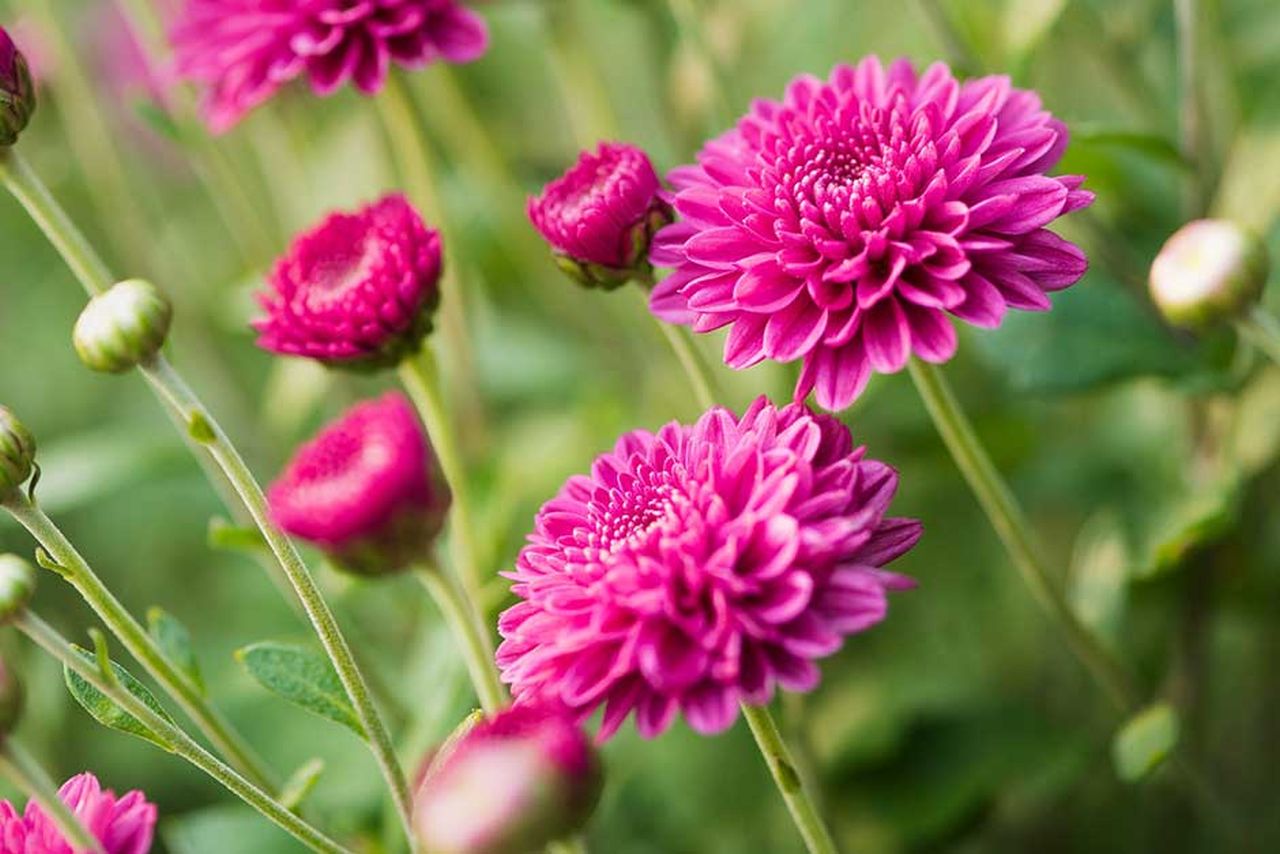
Salvia
Salvia is another pretty plant, which is a reliable perennial to sow in fall for a bountiful spring patch. Apart from beautiful visuals, it adds a splash of color to your garden in early spring. Salvia demands full sun and moist, well-drained soil. However, its beauty lies in its robustness, as it can tolerate any type of soil, as long as the soil doesn’t become swampy or sodden. For better care, all you have to do is cut the salvia down when it is done blooming in order to encourage its rebloom later in the summer.

Coneflower
Coneflower is an easy-care perennial and perfect to plant in the fall. It is known for its hardiness and drought-resistant qualities. It’s easy to grow and blooms for months. The plant also attracts birds and pollinators. They come in a glorious shade of pink, orange, yellow, red, and more, ideally bringing variety, texture, and personality to any fall garden. Coneflower blooms better in full sun and well-draining soil, but can also bear clay. If you want better results, substitute the soil with organic matter.
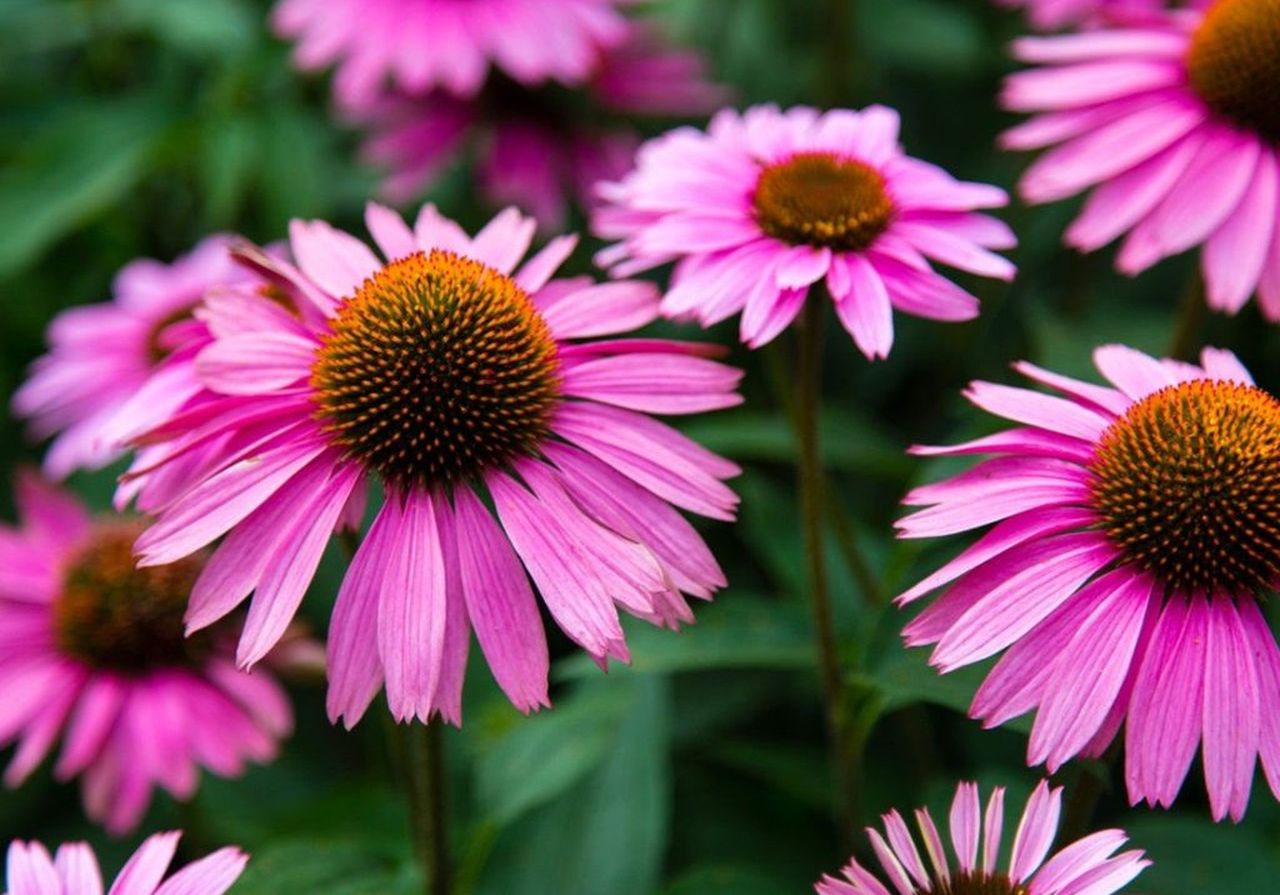
Iris
Iris has 310 expected species and blooms to be tall, beautiful, and gorgeous. Named after the Greek goddess, Iris, the plant is steadfast, rough, and easy to grow. Iris thrives best in full sun and requires at least 6 to 8 hours of direct sunlight. You can plant this perennial in the fall to enjoy its blooms in the following spring. If you want, you can also divide the iris in the fall and re-plant it. Plant iris in fertile or clay soil.
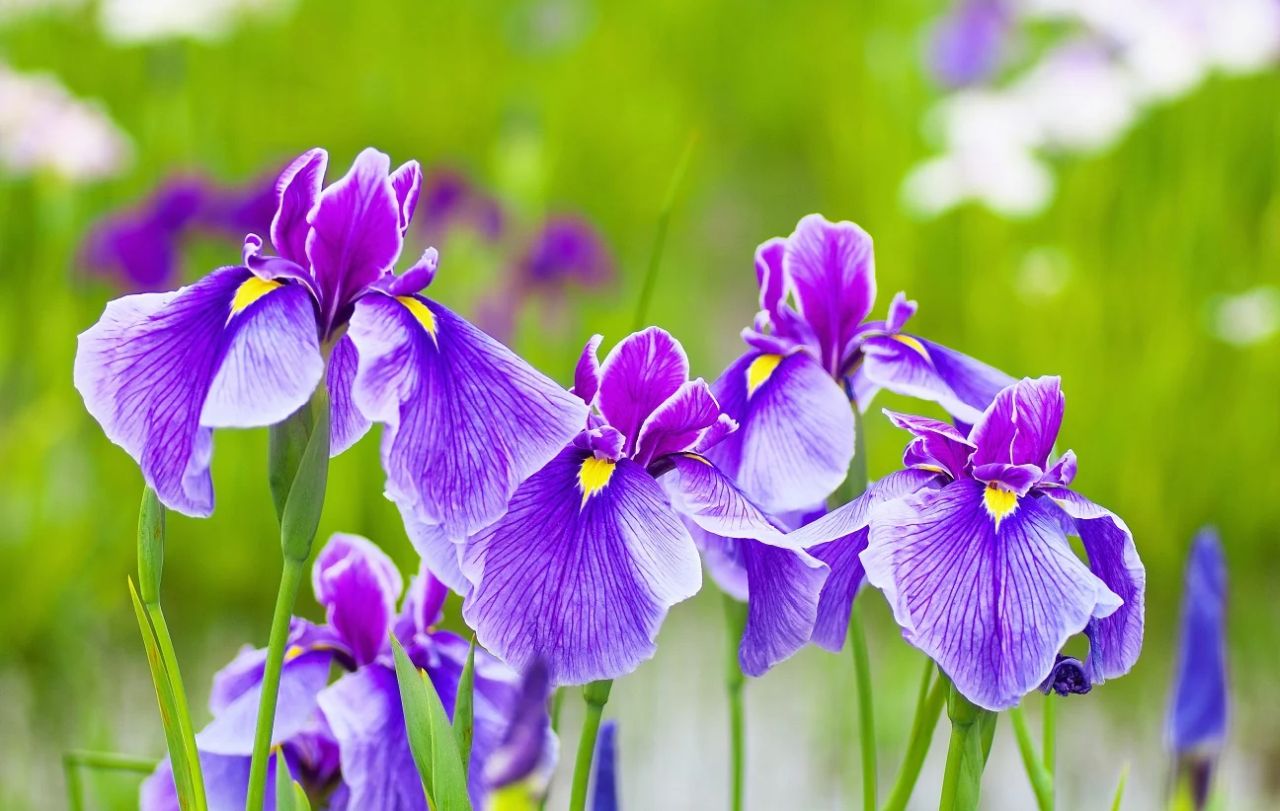
Queen Anne’s Lace
For an opulent garden look, consider planting Queen Anne’s lace in the fall. This plant is known to have named after Queen Anne of England, who was a master lace maker. It’s a short-lived perennial, so it’s better sown outdoors in fall to enjoy its robust growth in spring. Just make sure that you plant its seeds 6 to 12 inches apart, because it needs a wider space to spread. The plant is quite adaptable to many types of soil and prefers partial sun. It requires a well-draining, neutral to alkaline soil for healthier growth.

Larkspur
Larkspur is known to be one of the most proficient self-seeding flowers; you only need to sow it once to experience the majestic blooms, because they disperse on their own in late summer. If you decide to sow this perennial in the fall, keep in mind to sow it directly outdoors. The winter temperature is essential for its rapid and robust growth in spring. The larkspur is hardy and prefers a sunny, sheltered spot, potted in a well-draining pot and soil.
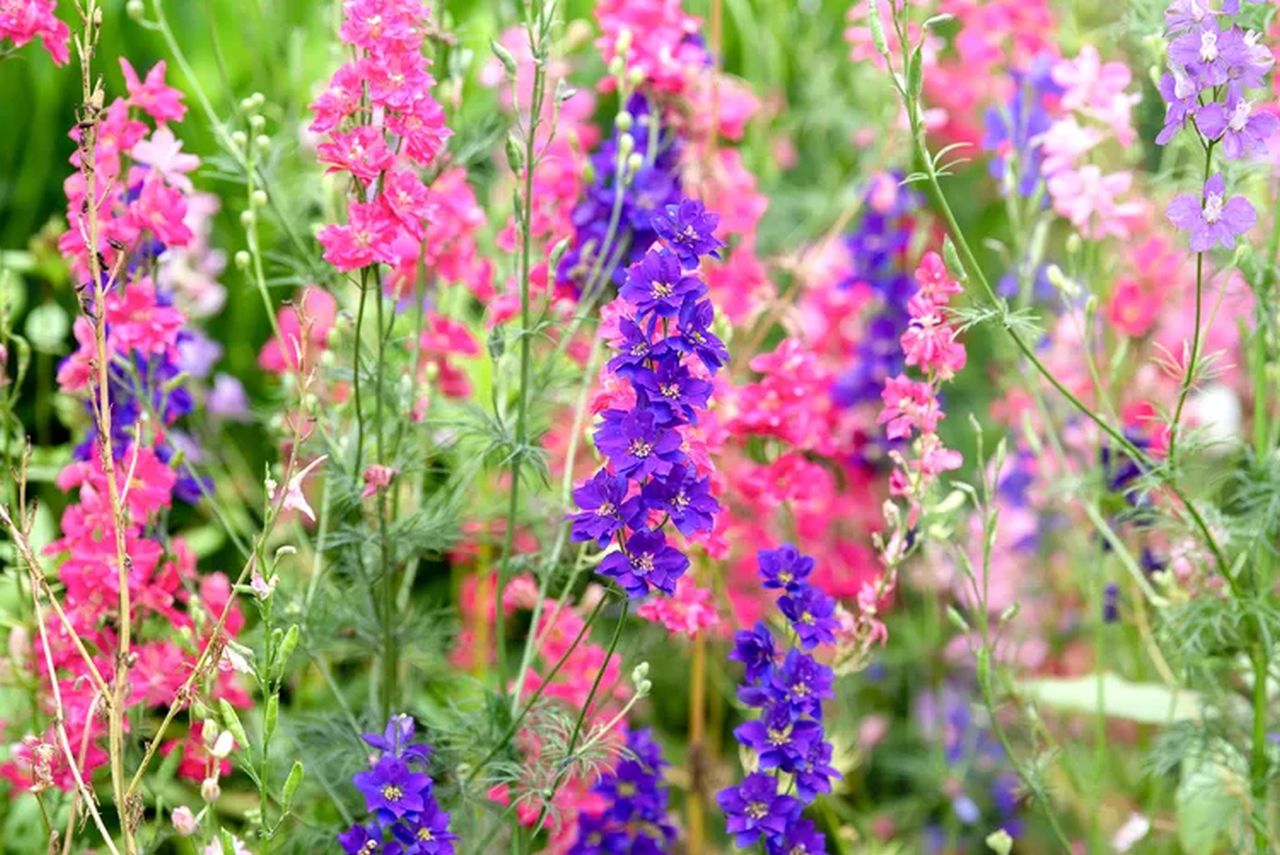
So, which of these perennials will you plant this fall? Let us know in the comments.
Follow Homecrux on Google News!
